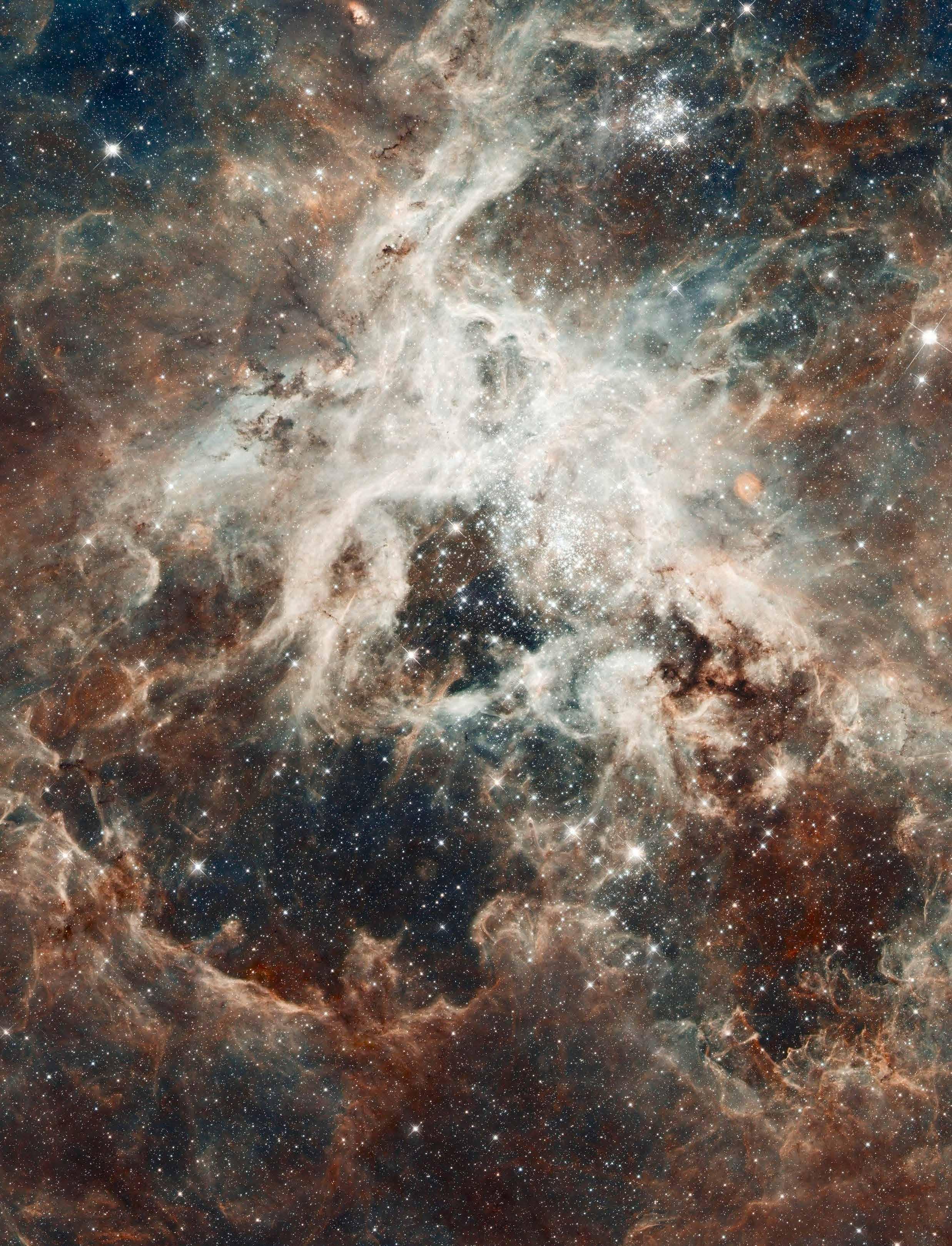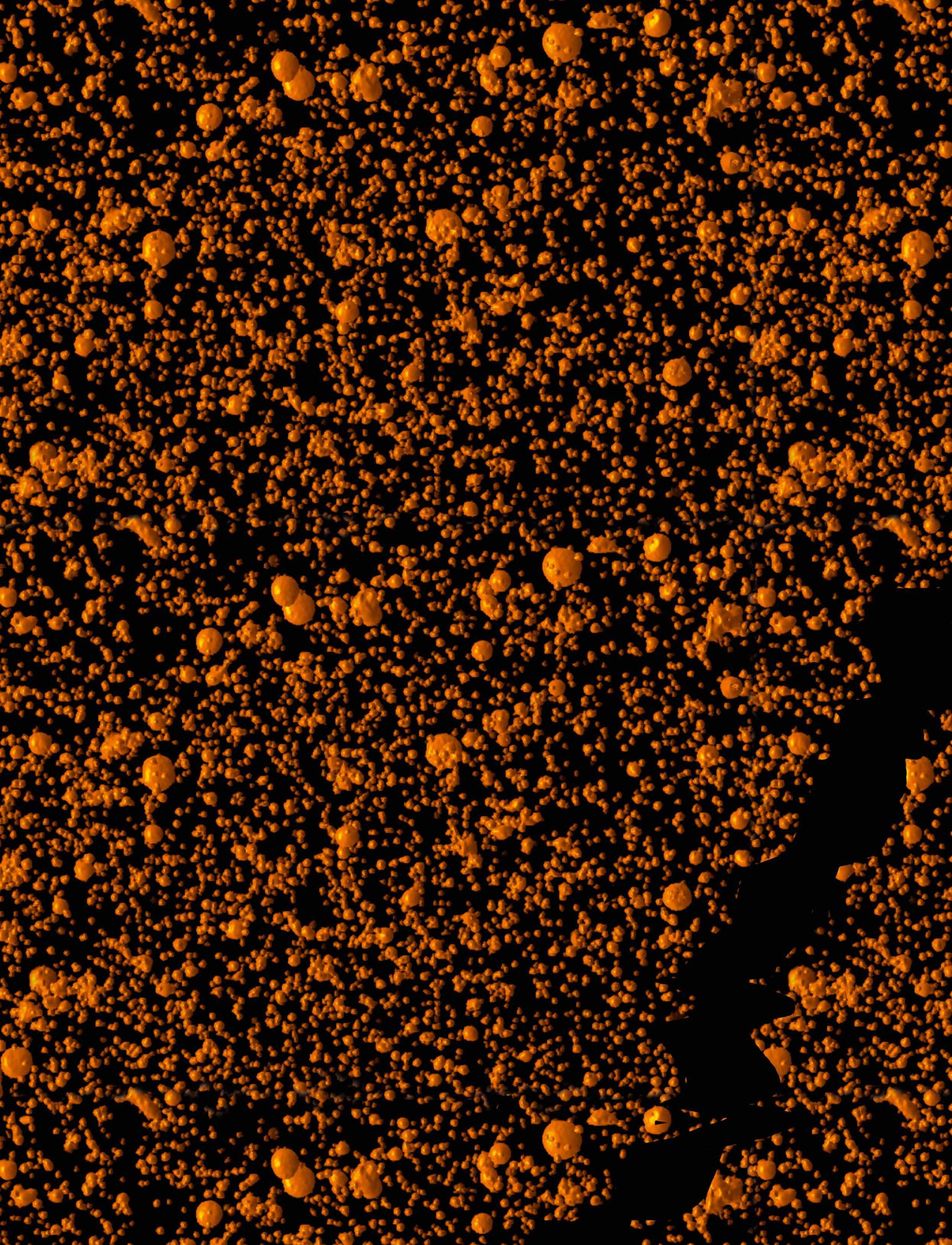LHCb detector. © 2008-2020 CERN
Discovering the next era of particle physics The standard model describes the properties of known particles, yet there are plenty of reasons to believe that it does not tell the full story of how fundamental particles interact. Researchers in the ONEDEGGAM project are exploring the asymmetry between matter and anti-matter, which could open up a window to new physics, as Dr Sneha Malde explains.
44
The standard model of particle physics
ONEDEGGAM project
describes the particles that are known to exist within the universe and accurately predicts their properties, yet it leaves questions unanswered which suggests that it doesn’t tell the full story of how fundamental particles interact. One interesting example is a set of particles called quarks, which make up protons and neutrons. “Protons and neutrons are composite particles made up of quarks, but they’re composed of the first generation of quarks only. There are three generations of quarks,” explains Dr Sneha Malde, a researcher in particle physics at Oxford University in the UK. The interactions of quarks are described using the Cabibbo-Maskawa-Kobayashi (CKM) matrix. “There are also heavier versions of the up and down quarks inside protons and neutrons. In total there are six quarks, and the CKM matrix describes how they interact with each other,” outlines Dr Malde.
These quarks all have corresponding antiquarks, which might be expected to decay in the same way. However, certain asymmetries have been observed in this respect. “You would expect a particle and an anti-particle to decay in the same way, with the same rate or distribution, just with the opposite charge configuration. However, there are places where that seems to break,” says Dr Malde. This topic is central to the ONEDEGGAM project, in which Dr Malde is studying differences between how certain types of hadron – a composite particle comprised of quarks – decay, bringing together data from the LHC and the BES III experiment in China. “Most particle physics measurements are done using data from one place. However, in order to measure the angle γ, which describes some of this asymmetry between matter and anti-matter, I need two sets of inputs,” she
explains. “We record a very high rate of beauty hadron decays from the LHCb experiment.” Researchers from Dr Malde’s team have been able to measure the decays of these beauty hadrons very precisely. A beauty hadron can decay to a charm hadron alongside a strange hadron. “Data from LHCb shows us that the distributions from positive and negative beauty hadrons are different. But in order to interpret that within the standard model, we need more information about exactly what’s going on in the subsequent decay of the charm particle,” continues Dr Malde. This information is quite obscure and can be accessed via the process of quantum correlation, through which Dr Malde aims to gain deeper insights into the phase of the particles. “In physics, every process has an amplitude and a phase, and in general we don’t have access to the phase,” she outlines. “There are systems however where you can
EU Research






























